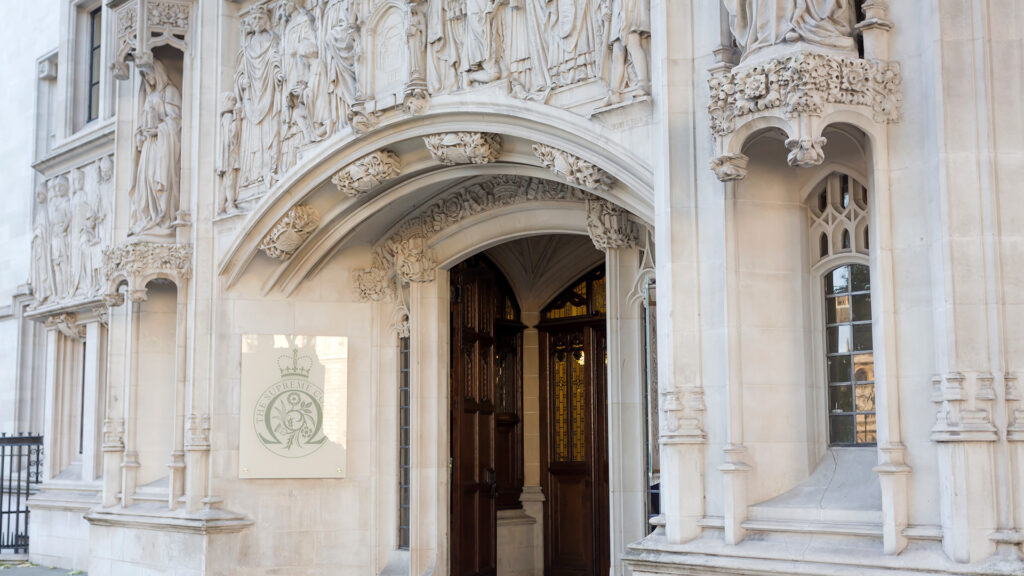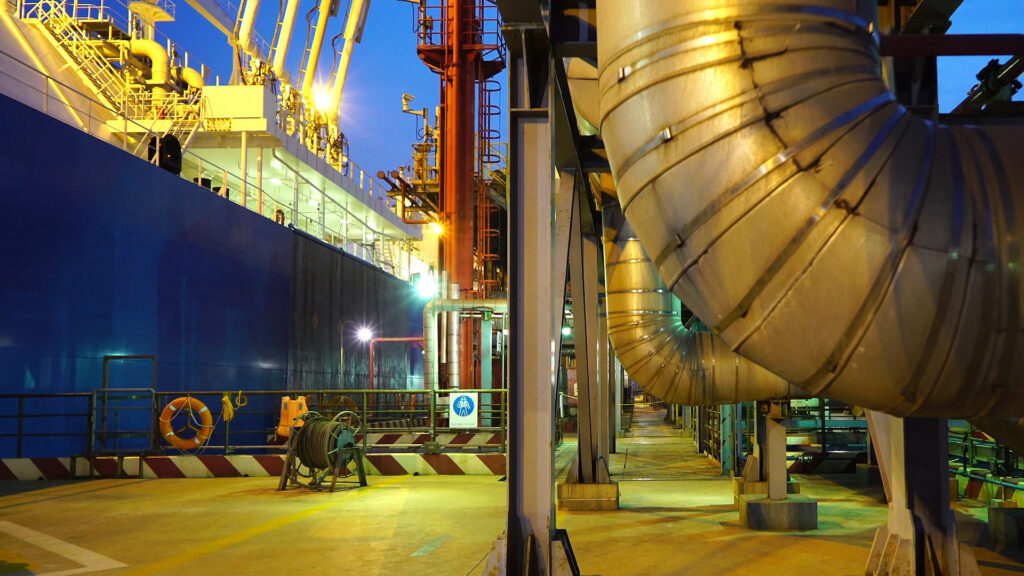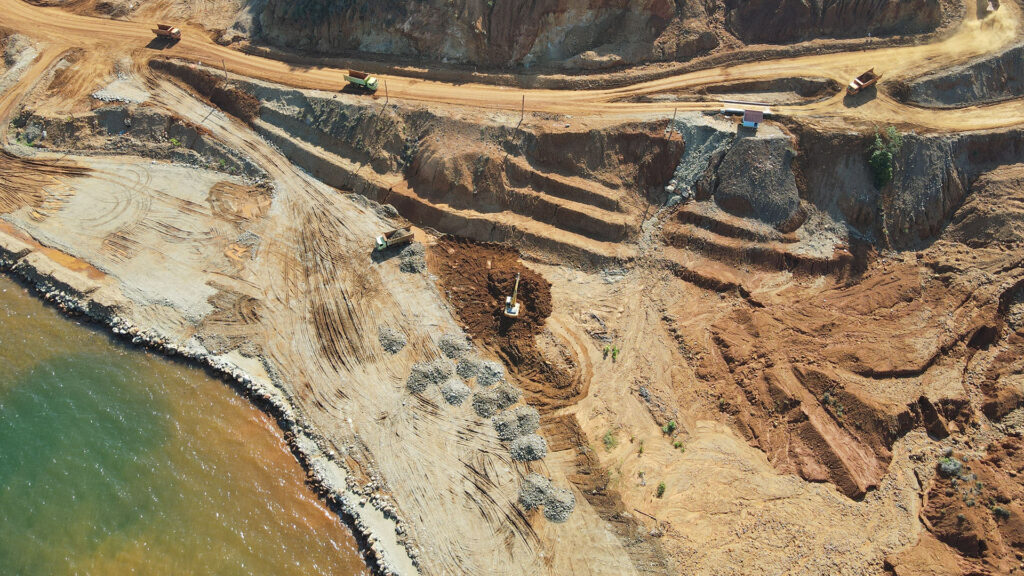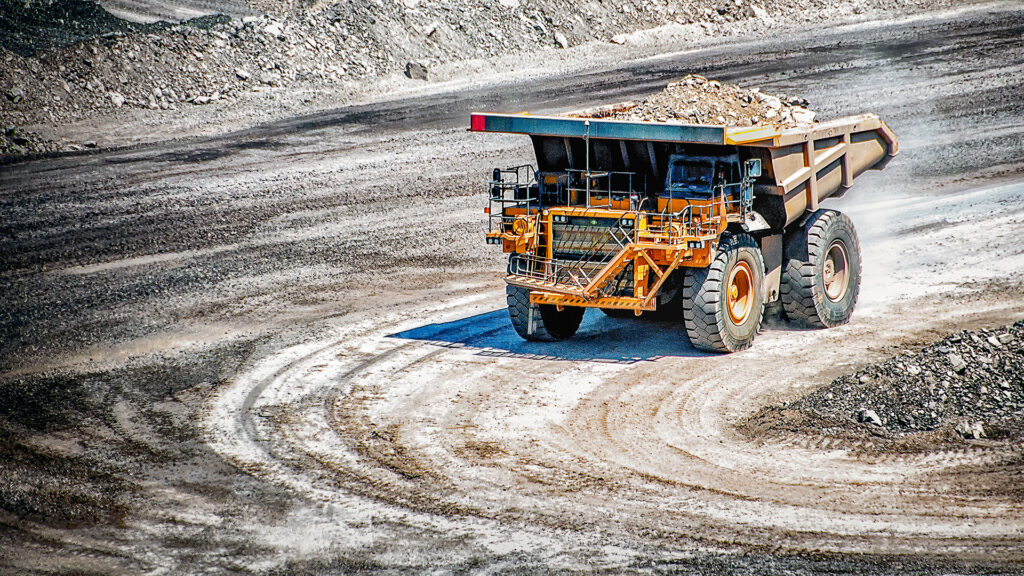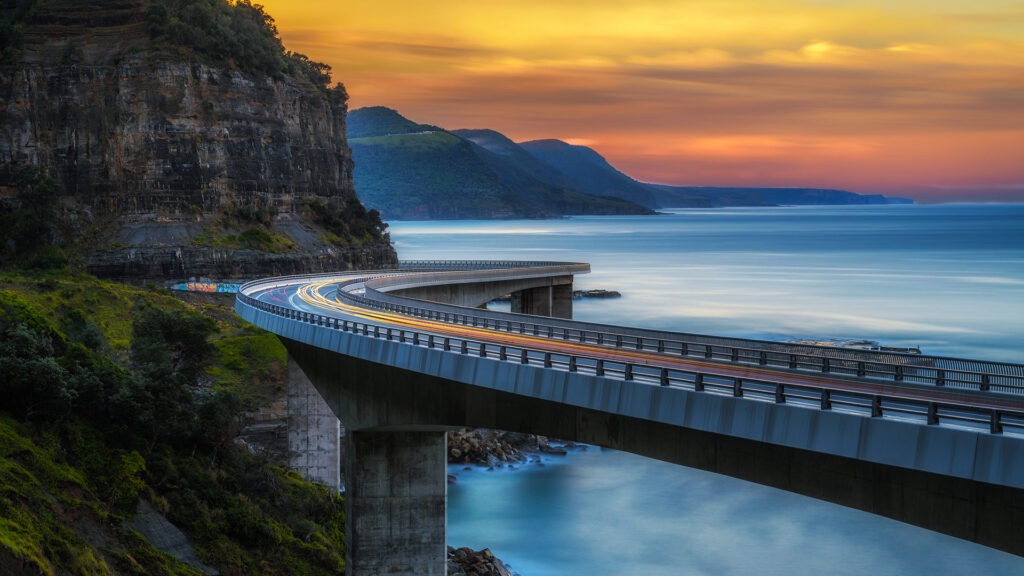The Commodities Boom – the effect on port infrastructure
This article first appeared in the January/February 2012 issue of Port Strategy and is reproduced with their kind permission. www.portstrategy.com.
The rapid growth of world trade combined with the globalisation of the world economy has led to an increase in the demand for commodities. The commodities boom has affected global trade methods despite the effects of the economic down turn. Indeed, the bulk shipping of commodities continues to dominate world trade.
Demand being driven by developing countries
China’s emergence as an economic superpower has had a major impact on world trade. The focus on a high level of investment into the country’s infrastructure as well as its the sheer size has contributed to the increase in demand for commodities such as iron ore, coal and LNG and will continue to do so. China aims to build 37 cities in the next ten years which will continue to support the demand for raw materials. Indeed, Brazil’s booming commodities export industry can be attributed to its trade relationships with China – Brazil’s exports to China alone have increased by a staggering USD 28 billion in the past ten years.
India’s strong economic growth, since the early 2000s, has had a significant impact on world trade notably on Australia’s exports of commodities such as wheat, coal and LNG. Like China, India has a large population, has experienced strong economic growth in recent years and has demonstrated greater integration into the world economy. An area of particular interest is the increase in demand for coal. India has highly ambitious growth plans for steel and cement plants and needs to generate enough power to fuel these. Although India is one of the world’s largest coal producers, Indian buyers are turning to coal imports to meet demand. Currently, India imports 70 million metric tons of coal annually which could increase to as much as 200 million metric tons by 2015. Ports in Brazil, Australia and Sub-Saharan Africa are expanding at a significant rate in order to meet the demand for commodities such as coal.
Development of port infrastructure required
Currently, port infrastructures are strained. Many ports are ill equipped and unable to deal with increases in container traffic. Investment in global port infrastructure has generally lagged demand, leading to congestion and delays at a number of major ports. These delays have the knock on effect of increases in demurrage costs, higher fuel costs incurred to make up delays as well as re-adjusted schedules to account for. Furthermore, shortcomings in port infrastructure can have significant effects on global commodities prices, particularly when the port in question is the source of a significant share of global supply.
The prevalence of larger ships and tankers has also contributed to the need for port developments. The emergence of these “super-size” vessels aptly demonstrates the change in trade patterns and highlights that many ports need to upgrade their existing structures. The upgrades required include deeper harbours and longer quay lengths.
Current investment in port infrastructure
There is a clear trend of increased investment in port infrastructure in light of changes to world trade. Brazil is a prime example of a country that is investing heavily in port infrastructure to optimise the benefits of the increase in the demand for commodities from China. Recently, there have been a number of upgrades to Brazil’s busiest port, Port Santos, in Sao Paolo in an attempt to alleviate the heavy congestion and delays. The construction of what will be Brazil’s largest port is also underway. Port Acu, being constructed in the state of Rio de Janerio, is a £1.6 billion project on an area equivalent to 12,000 football pitches. With a scheduled completion date of 2012 the port has been dubbed the “Highway to China” because its primary traffic will be the exportation of commodities such as iron ore, grain, soy and oil to China.
The impact of the commodities boom is evident by the sheer number of port development projects around the world, in recent years. The Port Mombasa development project in Kenya, for example, will provide additional quay length to give a total of 760 meters. In India, there are several projects aiming to address this issue as currently Indian ports cannot accommodate vessels larger than the Panamax vessel. In the US, to combat severe congestion at the Los Angeles port, a major expansion of the Panama Canal has been undertaken to enable importers to bypass the west coast and service east coast and interior markets in the US. There are also a number of significant development projects being undertaken in South Korea, Vietnam, Indonesia, Singapore and even in the UK with DP World’s London Gateway project.
Supporting infrastructure
As well as updating their port infrastructures, countries are also having to improve their supporting infrastructure e.g. roads and rail. Congestion on rail and road transits from ports has led to bottlenecks, limiting the growth of trade. Brazil has been particularly affected by this problem where the commodities currently produced in Brazil’s north-eastern or mid-western states make long truck journeys on sub standard roads to the ports in the southeast. There is room for further investment here, by either developing the interlinking infrastructure by investing in road or rail links or constructing new ports in the north to cope with increasing demand.
A similar problem has arisen in southern Africa. However a planned heavy haul rail network stretching from Botswana, through Zimbabwe and into Mozambique and Malawi could resolve the problems in regional logistics and exports and challenge South Africa’s dominance in this area.
The proposed 1,100km southern African rail network, which has many links to it, will connect to Ponta Techobanine, a proposed deep-sea port in Mozambique that could compete with the congested Richards Bay Coal Terminal in South Africa, presently used as the main port for exporting commodities from southern Africa.
Challenges faced
Although there has been an upsurge in the number of port development projects, a number of challenges still remain.
The economic downturn may effect the extent to which many governments can continue to support port infrastructure projects. Although investments in large public works are attractive as economic stimulus measures, their huge costs have caused some countries to slow down the completion of certain projects and mothball new investment opportunities as budget austerity measures hit home.
Many new projects are being funded by private investors e.g. DP World’s London Gateway. However, private investment, whether by nationals or foreign investors, is often complicated by stringent legal and regulatory requirements specific to each country’s local and national laws. Further, there are often specific implications that apply to foreign investors which may also effect the level of investment into new projects. For instance, it may be a pre-requisite that a foreign investor has a partnership with a domestic shareholder. In India, for example, the Indian central government retain many of the residual powers outlined in the Indian Ports Act 1908 and Major Port Trust Act 1963 thus prohibiting the complete privatisation of ports.
The increasing impact of environmental policy cannot be undermined. Compliance with environmental legislation, regulations and codes of practice is key to ensure timely execution of port development projects. The scope for environmental issues is wide and will even include noise pollution.
Summary
Global trade patterns are changing infrastructure needs. Indeed, the sheer number of port development projects highlights the impact of global trade on current infrastructure. Further, the prevalence of larger more efficient vessels is creating a demand for deeper harbours and is driving a number of port expansion projects.
The commodities boom is creating new shipping routes and infrastructure opportunities for countries that export commodities. Governments and companies are realising the importance of investing in new projects to serve growing demand from developing countries which is evident from the range of global port infrastructure projects being undertaken.
The focus on upgrading port infrastructure needs to be balanced with the requirement to develop supporting rail and road links so that goods can be transported internally. This will lead to more investment into rail, roads and pipelines.
The economic downturn, legal, regulatory and environmental requirements may slow down port infrastructure projects.
Download a PDF version of ‘The Commodities Boom – the effect on port infrastructure’




